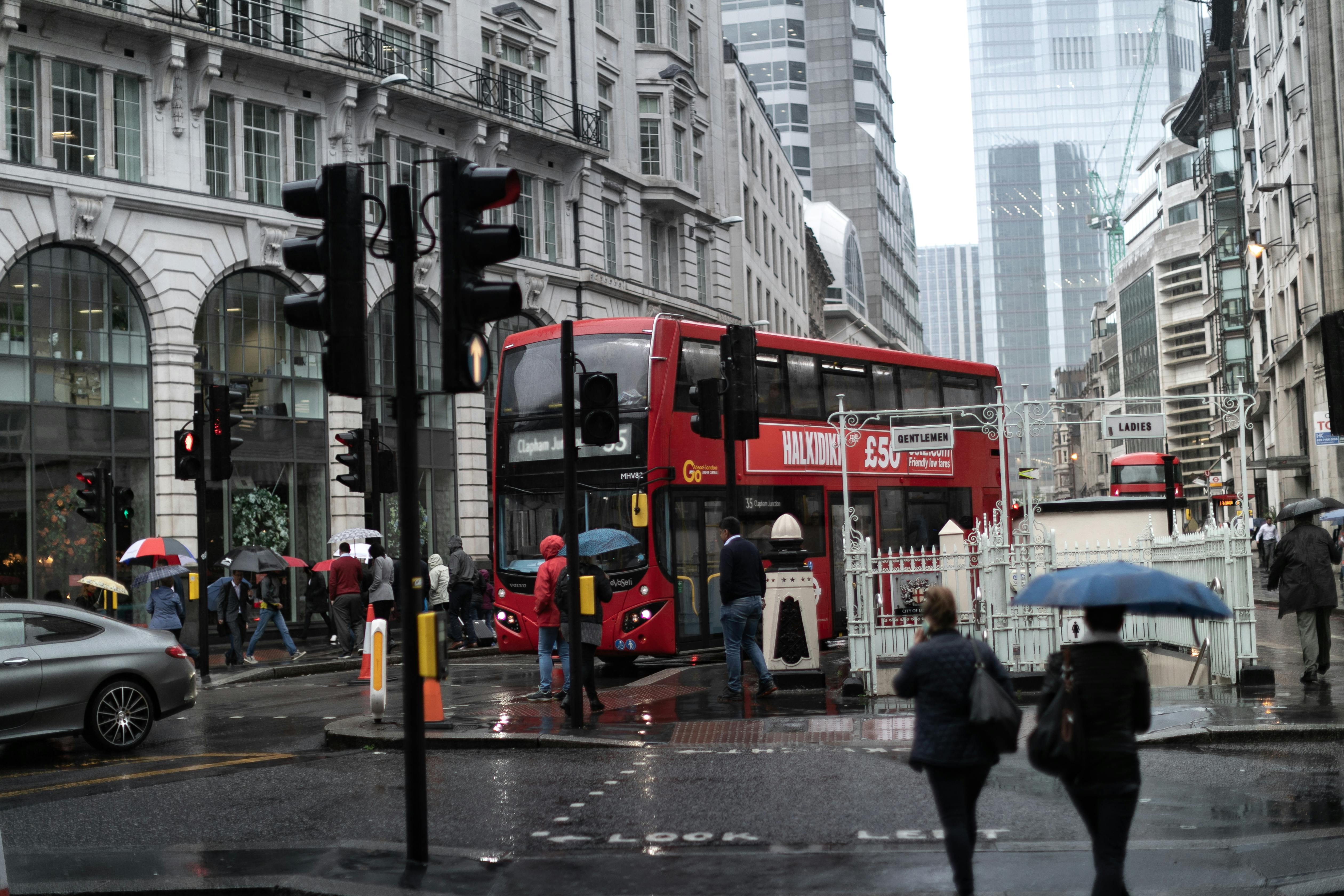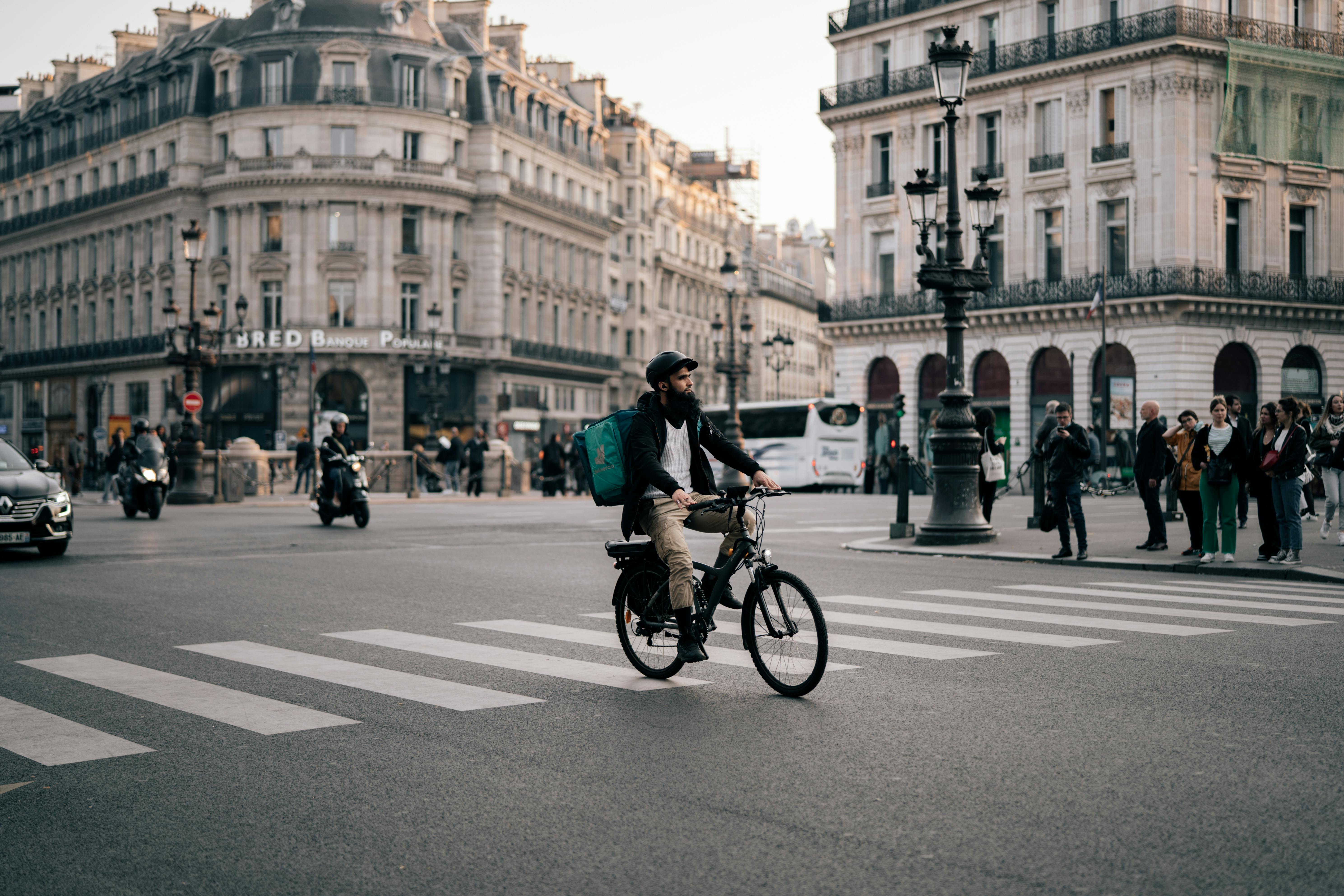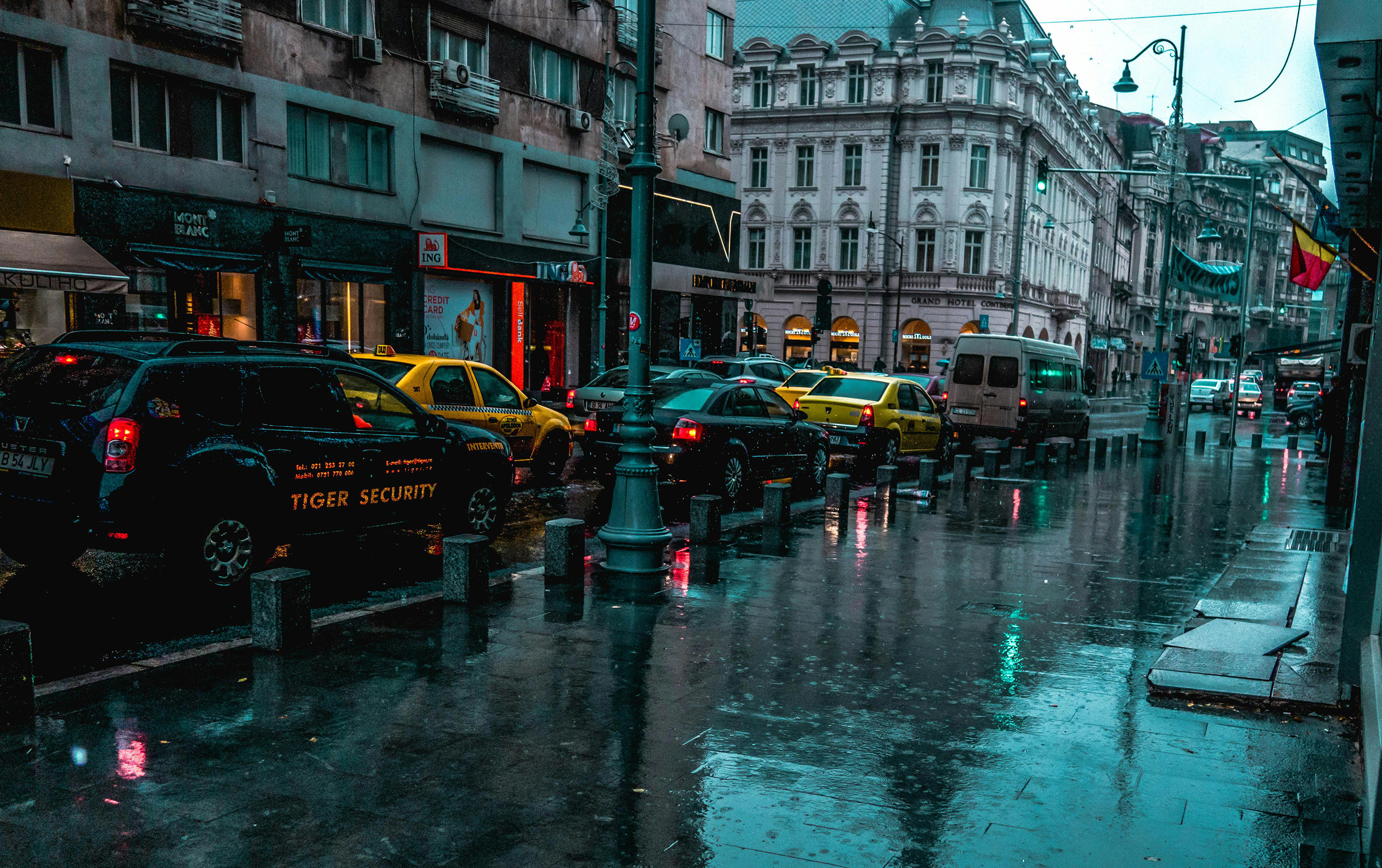Navigating London’s streets can feel like a never-ending puzzle. From the packed lanes of Soho to the daily traffic jams on the North Circular, it’s a wonder anything gets delivered on time. Yet, with more of us turning to online shopping, pharmacies, and takeaway services, there’s a growing need for smarter, faster, and greener delivery solutions. That’s where Artificial Intelligence (AI) comes into play, helping businesses crack the code of our city’s chaotic roads.
And if you thought flying taxis were just a fantasy, think again. The recent buzz from Dubai about successful flying taxi trials had many Londoners daydreaming about bypassing the Piccadilly traffic entirely. It’s a sign that the future of deliveries may be closer than we think.
How AI is Navigating London’s Traffic Chaos
Let’s face it: anyone who’s tried driving through Shoreditch at rush hour knows it’s like being stuck in a scene from Mad Max. AI aims to change that. Instead of relying on a sat-nav that simply points out the quickest route, AI learns from real-time data—traffic updates, weather conditions, and even roadworks on Tottenham Court Road. It analyses patterns, predicts issues before they arise, and reroutes drivers to avoid delays.
Imagine a delivery van stuck on Regent Street during peak shopping hours. Without AI, the driver might sit there idling, adding to pollution and wasting time. But with AI optimisation, the system suggests a detour through less congested side streets, shaving minutes off the
delivery time and reducing emissions. Why Should Londoners Care?
Quicker Deliveries, Less Waiting Around: Ever had your takeaway arrive cold because the driver got caught in traffic near Tower Bridge? AI can help avoid these common mishaps, making sure your food stays hot and fresh.
A Greener London: With less time spent idling and fewer detours, delivery vehicles contribute less to our city’s air pollution. This is especially important in areas like Marylebone, where residents are already dealing with some of the worst air quality in the UK.
More Reliable Service: Whether it’s a last-minute gift from Covent Garden or a crucial prescription needed in Brixton, AI ensures deliveries are timely, which means fewer missed parcels and happier customers.
The Challenges of Delivering in London
London isn’t your typical city. We’ve got narrow streets in areas like Notting Hill, endless construction projects (hello, Crossrail!), and the ever-present congestion charge. AI doesn’t just optimise routes; it helps delivery drivers navigate these unique obstacles. By learning from past journeys, AI can anticipate which roads to avoid at certain times, making it easier to tackle the unpredictable nature of London traffic.
For instance, if there’s a protest blocking Whitehall or roadworks popping up on Camden High Street, AI can suggest alternative routes in real-time, helping to keep deliveries on schedule.
The Future: Flying Taxis and Beyond
The news from Dubai’s flying taxi trials had Londoners buzzing with excitement. Imagine skipping the gridlock on the North Circular entirely, with autonomous drones and flying taxis making short-distance deliveries straight to your flat in Battersea. It sounds like something out of a sci-fi film, but with technology advancing at lightning speed, this future might be just around the corner for us too.
In fact, London’s own transport innovators are already exploring how autonomous vehicles and drones could work within our city’s infrastructure. Picture a drone zipping over the Thames to drop off a parcel in Canary Wharf, or a self-driving vehicle delivering groceries to a busy mum in Hackney—this isn’t a pipe dream; it’s the next logical step in the evolution of urban deliveries.
What’s Next for AI-Powered Deliveries?
The possibilities are exciting. We’re already seeing start-ups trialling reusable packaging bins that can be collected and reused, cutting down on single-use waste. Meanwhile, predictive analytics are helping retailers plan for spikes in demand—like the surge of online orders on a rainy Sunday afternoon in London. And with AI continuously improving, we could soon see a delivery ecosystem that’s as fast, efficient, and sustainable as the city itself deserves.









